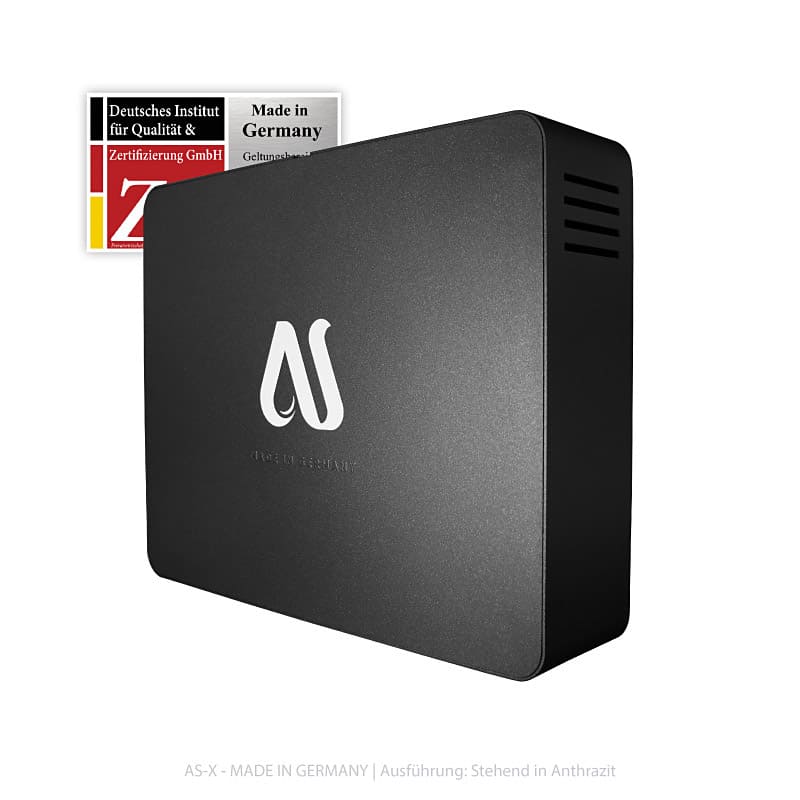The tap water which comes out of your faucet is ideal. Obtain a filter or perhaps a filter. Which of the sentences tend to be true? Are partially true.

In numerous places, plain tap water won’t taste good. Anywhere else, regular faucet water has tiny quantities of substances you wouldn’t desire to drink – as well as over an eternity could have an relation to you.
There are lots of sorts of potential issues in regular faucet water. Even though your city provides good water, it should travel a considerable ways through old pipes en route to the house.
If you use a whole-house filter, shower heads and faucet screens don’t clog. Whole-house filters are apart from mineral water filters.
All ro water systems require both sediment and carbon pre-filters. All filters have to be changed. Plan on changing sediment and carbon filters twice yearly or sooner, and reverse osmosis membranes every 2-3 years.
The hardest areas of installing water filters are connecting for the supply side in the water in your house, connecting to a drain line for that waste water, and installing a clean water faucet on to your sink. The rest of a water filtration installation is easy.
You will need a plumber, or get a system where they will do the installation for you personally. The very best systems have clear plastic casings, in order to discover how dirty filters get. The top systems also use standard-sized replacement filters, and that means you do not have to buy tiny, expensive, and proprietary filters.
Ro water filters require both a sediment plus a carbon filter in front of them, to screen your dirt and quite a few of the junk, prior to water enters turned around osmosis filter.
A sediment filter blocks particles greater than a couple microns.
The water passing through activated carbon blocks is still equipped with some particles, chlorine, nitrates, fluoride, and other dissolved junk. The next phase for top quality water is often a reverse osmosis filter.
Reverse osmosis filters force water through 0.0001 micron-wide holes, through semi-permeable membranes. Long sheets of membranes are sandwiched together and retracted around a hollow central tube within a spiral.
The opposite osmosis filter removes 99% with the remaining junk in the water. It requires every little thing out, perhaps the magnesium and calcium in the water. Frequently a little carbon filter can be used as soon as the ro filter, to enhance the tastes and catch much more of these 1% of junk the opposite osmosis filter lets go though.
Ro water filters generate waste water, and they also produce just a few drops of clean water each and every minute. That is why, most reverse osmosis systems have a storage tank to build up water. All ro systems use a drain line for waste water, that is “wasted”. The waste water can be used for plants, dumped to waste, etc.
Ultra-pure water can grow algae very easily. Once you take chlorine and also other nasty stuff beyond water, tiny microbes and sunlight can combine to create a perfect environment to grow harmless algae.
The grade of water filtered using this method is cleaner than even sterilized water. Many people think pure water tastes flat. A lot of people give a tiny volume of sea salt to pure water. To me, no salt should be used, pure water tastes like water should.
The world wide web has baseless scare stories about how precisely ultra pure water is dangerous. Hogwash. Should you inject pure water, it may well hurt you. Drinking pure water will not hurt anyone unless they are fasting.
The moment that pure water hits your mouth it’s not longer pure. There is nothing better for making coffee, cooking, and pieces, than using pure water.
For more details about Reverse Osmosis System Germany browse the best net page: read
